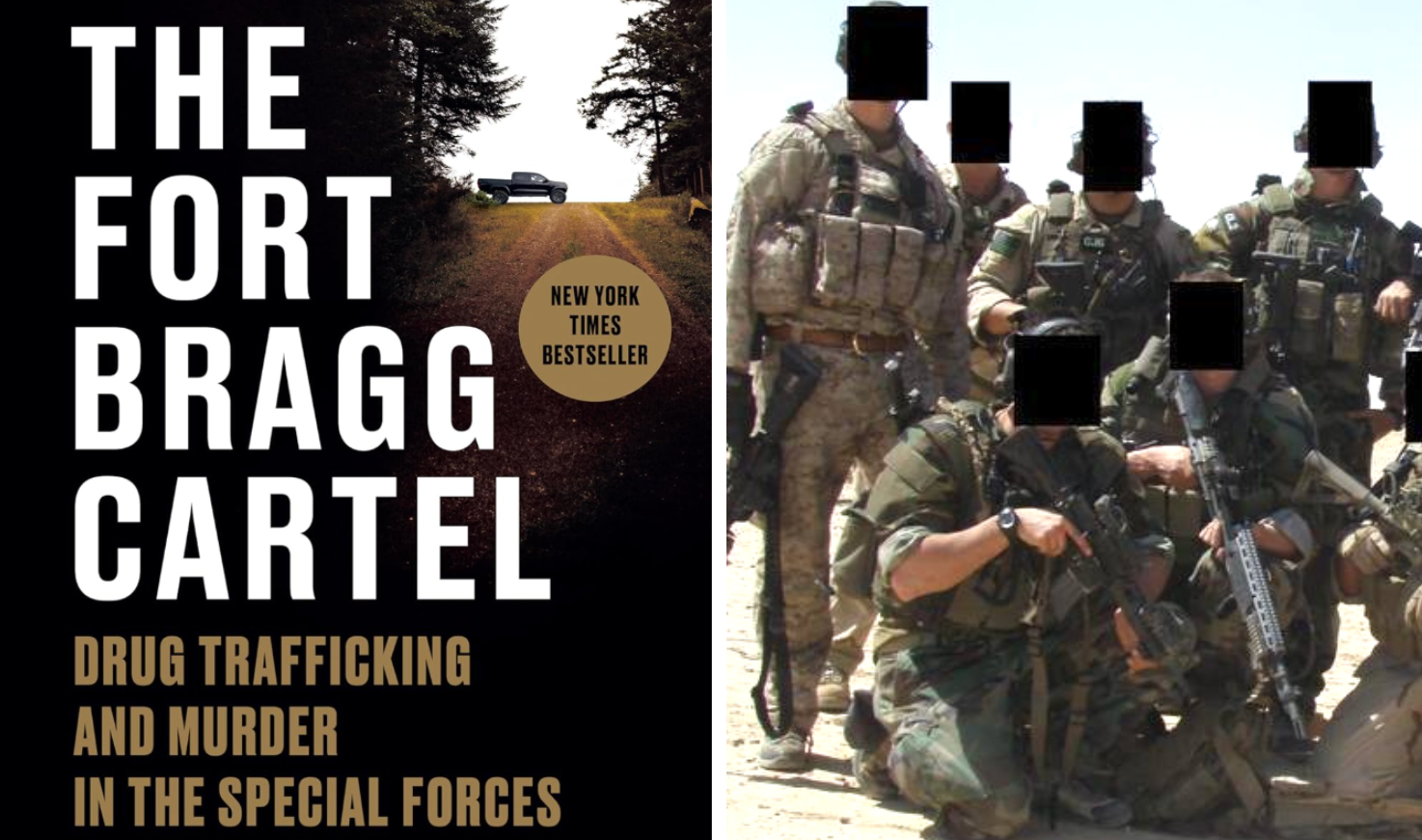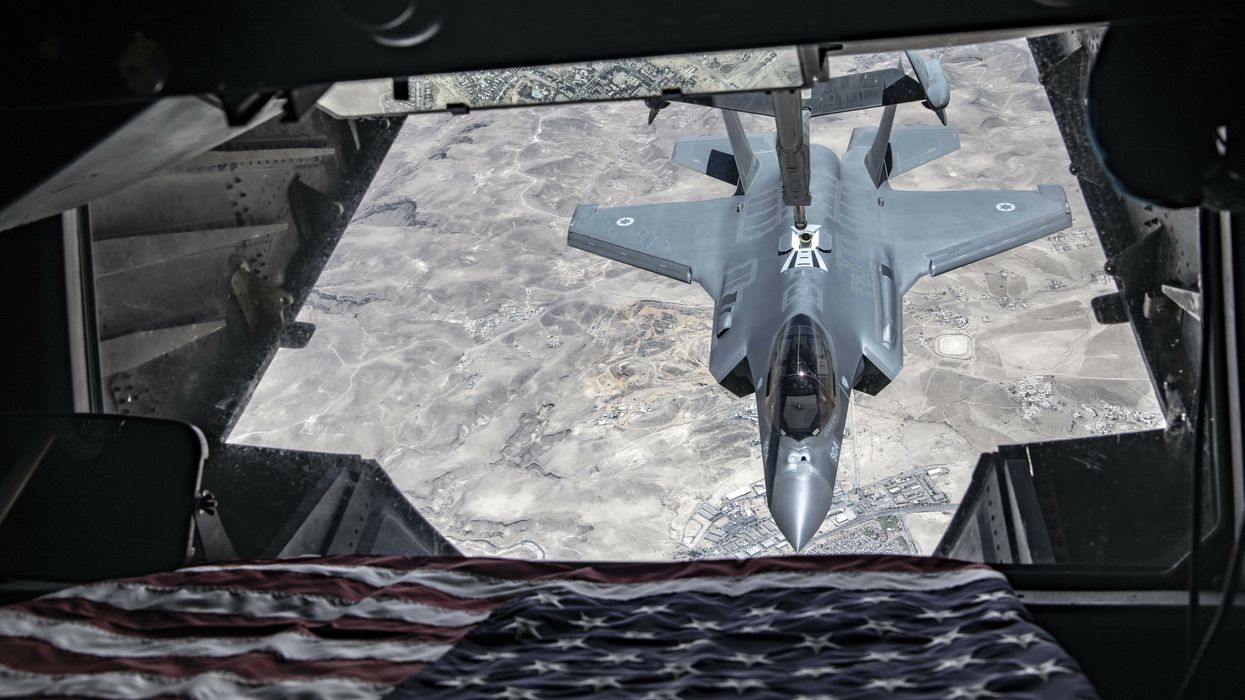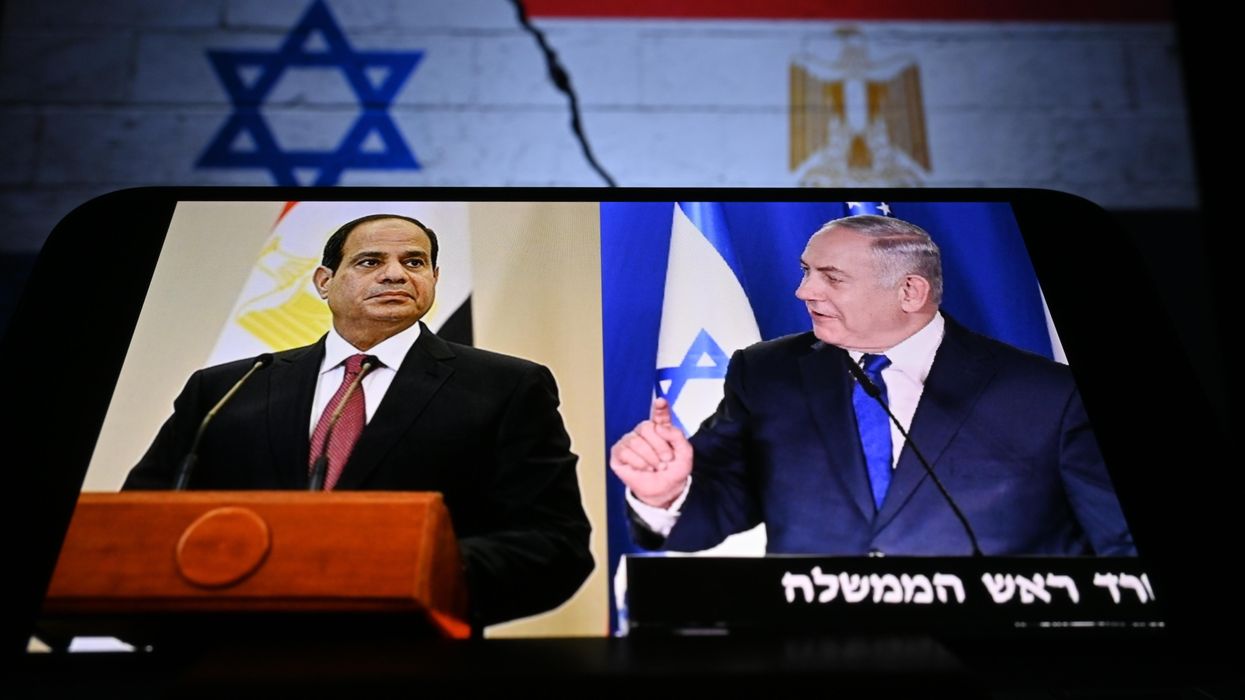In 2020 and 2021, 109 U.S. soldiers died at Fort Bragg, the largest military base in the country and the central location for the key Special Operations Units in the American military.
Only four of them were on overseas deployments. The others died stateside, mostly of drug overdoses, violence, or suicide. The situation has hardly improved. It was recently revealed that another 51 soldiers died at Fort Bragg in 2023. According to U.S. government data, these represent more military fatalities than have occurred at the hands of enemy forces in any year since 2013.
“The Fort Bragg Cartel: Drug Trafficking and Murder in the Special Forces” recently published by Seth Harpis a deep dive into the culture that produced these deaths. The book proceeds on two levels. The first is a closely reported examination of the lives of several Special Operations soldiers caught up in criminal networks — especially William Lavigne, a Delta Force operator who became part of an international drug cartel and was eventually murdered in a still unsolved case. This aspect of the book, which has the feel of an especially compelling true crime thriller, is no doubt what has propelled the book onto bestseller lists and picked up for an HBO miniseries.
But there’s a second, parallel narrative in the book that’s perhaps even more significant. Harp embeds the story of individual soldiers into a larger examination of the history of the global War on Terror (GWOT) that began after 9/11, and the U.S. military adoption of new forms of Special Operations-based warfare during that conflict.
After the most active phase of the 2003 Iraq war ended in roughly 2007-08, the GWOT has in many ways faded from broader public consideration. It has not left the mark on the American consciousness that the Vietnam war or even the “forgotten” Korean war did. But especially as we see tactics, justifications, and rhetoric from the GWOT re-emerging in the Trump Administration’s apparent new war on terrorist-designated drug cartels, this is a mistake.
Harp traces the way in which the military shifted from the mass deployment of large numbers of ordinary infantry forces overseas — which contributed to large-scale public opposition to the Vietnam War and the early Iraq War — to the more intensive use of much smaller numbers of highly trained Special Operations soldiers. This is a form of warfare less visible to the broader public, but with an even more significant personal impact on the small number of fighters who practice it.
While most will be familiar with the U.S. military use of covert assassination tactics and raids, what feels new here is the extensive documentation of the sheer volume and character of these operations. They feel less like targeted assassinations than an industrialized assembly line of personalized killing.
Harp describes Joint Special Operations Command (JSOC) General Stanley McChrystal’s Find, Fix, Finish, Exploit, Analyze, and Disseminate (F3EAD) cycle, saying that “despite the ungainly initialism, the F3EAD cycle was not a complicated concept. It typically meant tracking down a target, killing him and every adult man and teenage boy in the vicinity, seizing every piece of paper and electronic device found on their persons, and using these materials to come up with more names to add to the hit list, and then killing them too, sometimes just a few hours later.”
Later in the book, Harp describes the Special Operations mission in the GWOT as “covertly liquidating the male population base of recalcitrant ethnic and tribal groups that resist U.S. military occupation.”
The full power of the book emerges in the way Harp personalizes the cost of these tactics to the men who perform them. There is a physical cost measured in the impact on their bodies and the routine use of performance enhancing drugs to facilitate the high-intensity, nonstop cycle of violent raids on deployments and the intensive training in peacetime.
There is also a psychic and moral cost in the act of killing. This is often illuminated through interviews with women connected to these soldiers. Indeed, women emerge in the book as a kind of horrified chorus of normalcy, as the mothers, sisters, wives, and girlfriends of Special Operations forces testify to the emotional changes that have occurred in their men over the years. Gruesome details are scattered through the book, such as when the sister of one of Lavigne’s friends asks him why his dog has no teeth:
“Lavigne told her that its titanium dentures had been surgically removed upon retirement because the dog had been trained to attack and had grown accustomed to feeding on the flesh of people killed in special operations raids, including being allowed, ‘as a ‘treat',’ to eat human brains.”
The political clout of Special Operations within the military community apparently leads to a two-tier system of justice in the municipalities around Fort Bragg. Lavigne’s murder of his close friend during a drug-fueled dispute is covered up by the police. There also seems to be a culture of impunity for domestic abuse and sexual assault.
Harp argues, convincingly, that the routine use of prescription amphetamines and opioids contributed to an epidemic of substance use among Fort Bragg soldiers. This in turn became a gateway for some to become traffickers in illegal drugs. He also claims, more controversially but with substantial evidence, that GWOT operations in Afghanistan were central to the increase in U.S. opioid use that has occurred over the past several decades. He points out that the Taliban banned opium production in 2000 for religious reasons, that the heroin trade experienced an apparent resurgence of production under the corrupt U.S.-backed Afghan government during the war, and that much of the heroin reaching the U.S. during the period may have been misclassified as coming from Mexico rather than Afghanistan.
Another important aspect of the book is the description of what Harp calls “Iraq War 3” — Operation Inherent Resolve — against ISIS beginning in 2014, which demonstrates the impact of the military’s new way of war. Harp covered this war himself as a journalist, and documents the intensity of U.S. operations. He claims that more troops were deployed in Iraq and Syria for the conflict — over 10,000 — than were ever acknowledged. It’s difficult to believe that a war of this size and intensity could have been fought with so little public attention before the military perfected its new Special Operations intensive method of warfare.
The capacity to fight highly lethal but relatively U.S. personnel-light conflicts using the combination of Special Operations and local proxies opens up new possibilities for the American military — and new challenges for public oversight of its actions. Again, this is especially salient in light of the signals from the Trump Administration that it plans a GWOT-style war against drug cartels directly on American borders.
One could quarrel with many of the specific claims in this book. William Lavigne, perhaps the central character, is only one individual. It’s always possible to misrepresent the full reality of a large community such as Fort Bragg or Special Operations through the selection of the most extreme examples. There have been many deaths in Fort Bragg but there are also many troops stationed there. The 109 deaths in Fort Bragg in 2020 and 2021 represent 5.4% of all deaths in the active duty U.S. military during those years, but over 3% of all active duty soldiers are stationed there, so the disproportion is not as extreme as one might think.
Harp’s claims about the centrality of Afghan heroin to the U.S. drug trade are likewise controversial, as there is debate about the sources of heroin flowing to the U.S. and the effectiveness of the Taliban in cutting off the heroin trade. They can also be questioned in light of the increasing importance of fentanyl — a synthetic that does not involve Afghan opium — to the drug crisis..
But the book is still path-breaking and compelling in its description of the transformation of the U.S. military during the War on Terror, as well as its deeply reported and resonant description of the personal toll of that transformation on members of one military community and their families.
- ‘Not defendable’: Top enlisted brass blast conditions for soldiers ›
- American cult: Why our special ops need a reset ›
















